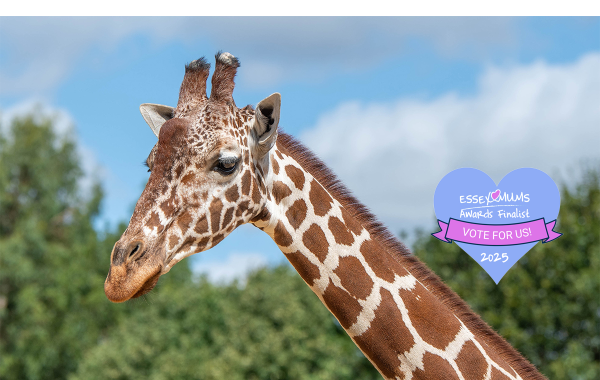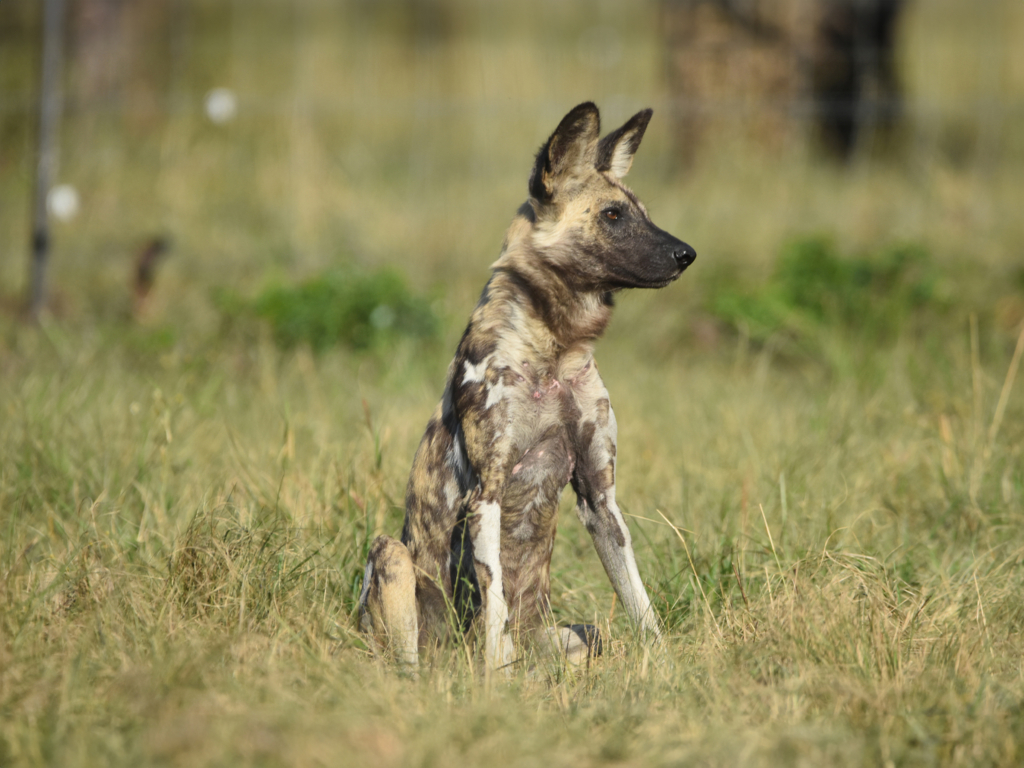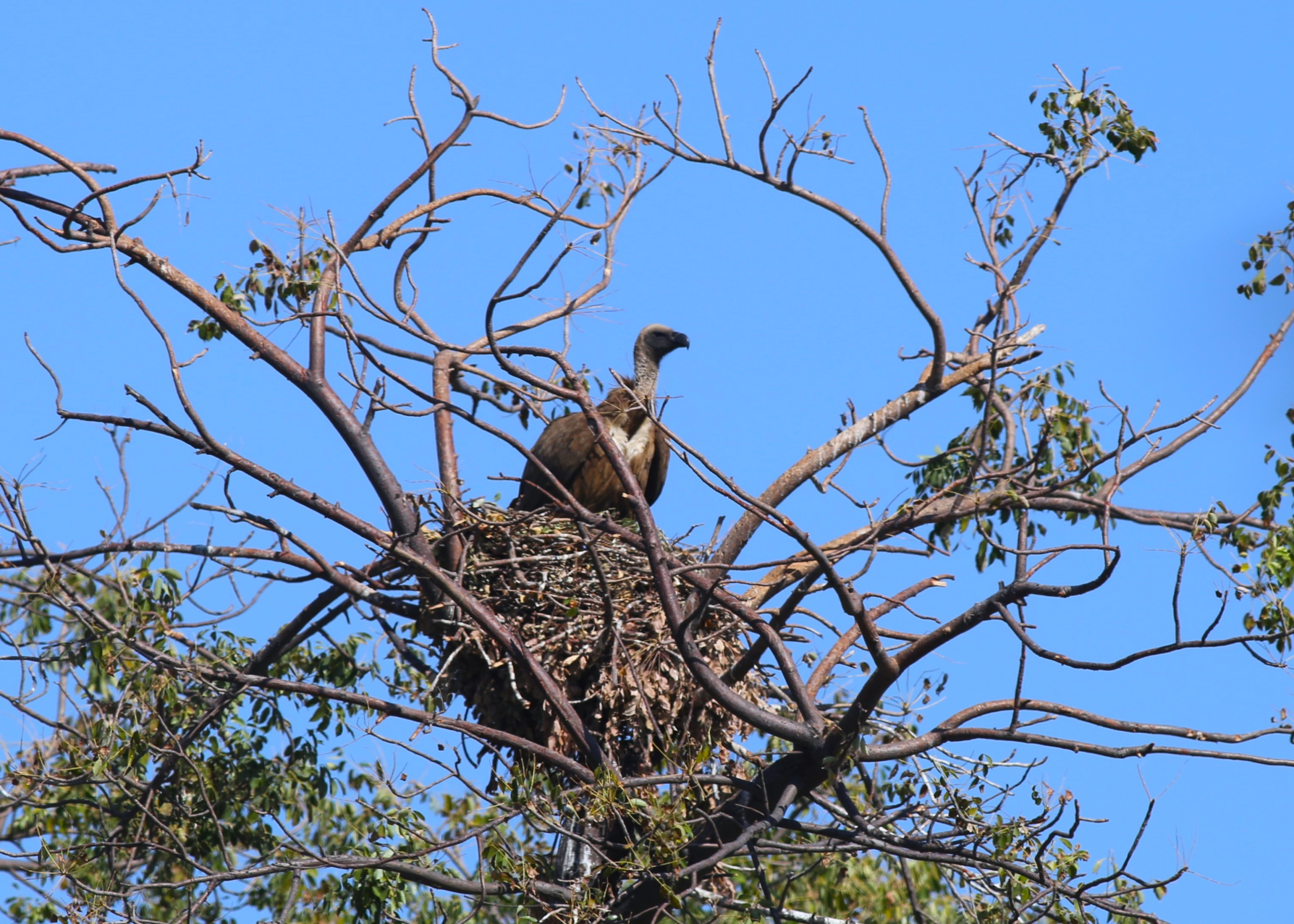
For the last 10 years, Colchester Zoological Society (CZS) has supported VulPro to conduct nest monitoring of vulture species through bi-annual surveys.
Using detailed nest maps, binoculars, and drones, the team records occupancy, breeding behaviour, and environmental conditions at each site. Each known nest is checked a minimum of twice annually, with newly discovered or reported nests being continuously integrated into surveys to ensure comprehensive coverage. By revisiting sites regularly, the team are able to measure annual breeding success, compare findings across years, and identify emerging threats. VulPro have now completed the first 2025 surveys for each site, and preparations are now underway for the second round later in the year.
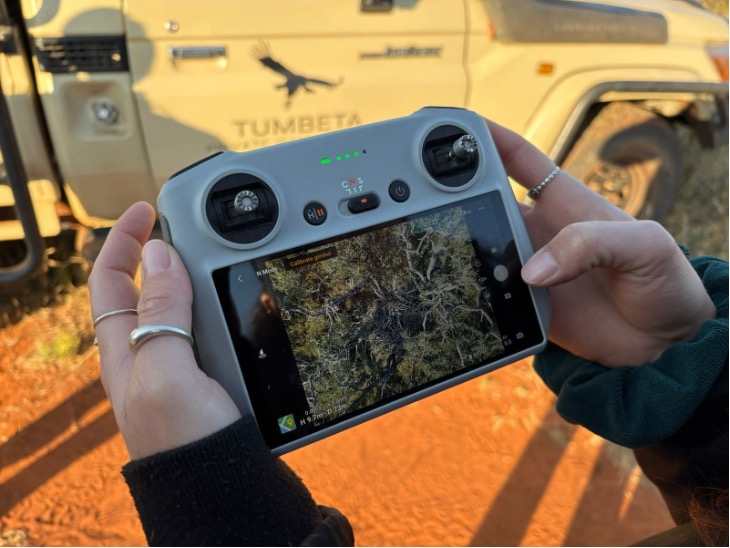
Monitoring visits have covered a total of six sites across three provinces. Of these, three are long-term monitoring sites, while another three were visited this year for the first time. This expansion reflects VulPro’s current focus on broadening coverage of breeding sites in southern Africa, strengthening and diversifying the monitoring network across the region. To support this effort, the team have been actively reaching out to landowners in known vulture hotspots to identify and confirm the presence of active nests on their properties. Once vulture presence is confirmed, the team conducts a preliminary visit to scout the area and assess its suitability for long-term monitoring.
Of the six expeditions carried out, four were funded by CZS. Each monitoring site is made up of multiple properties, varying in size and number; the largest site spans 20 properties, so coordinating the trips requires significant planning, with considerable effort invested in contacting landowners to secure permission ahead of time to gain access to their properties. At this large site, Dwaalboom, the team identified an encouraging 30% increase in numbers compared to the same period in 2024.
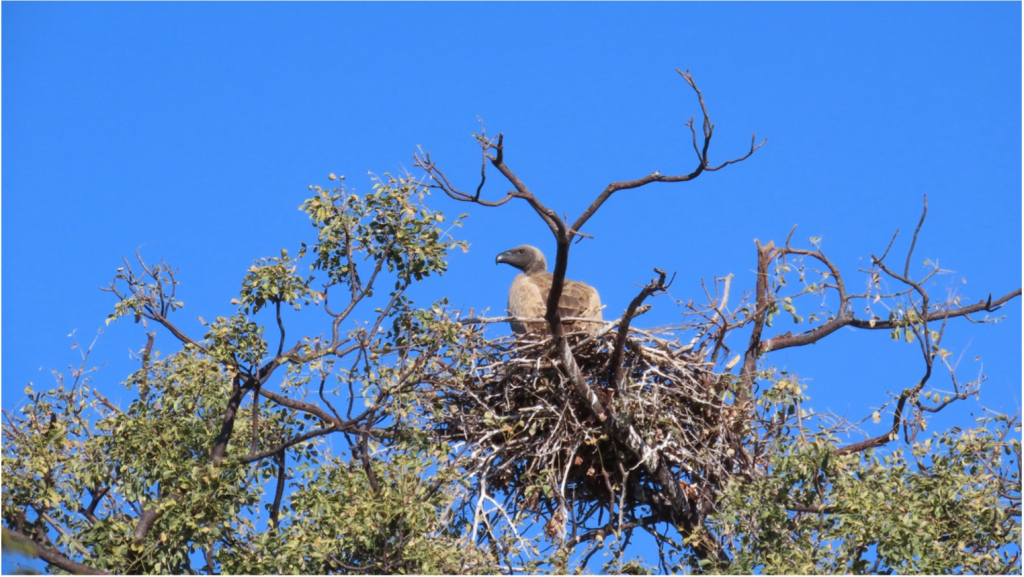
Observations at one of the new 2025 sites, Steenbokpan, were concerning, with nesting numbers having declined markedly compared to 2016 when the site was last monitored. Although many properties still appear to contain prime habitat along the Limpopo River, most have experienced a sharp drop in nesting activity, with underlying causes not yet fully understood. On a more positive note, Steenbokpan surveys also identified six altogether new properties where encouraging levels of breeding activity were observed, highlighting that the area continues to support important vulture populations.
With the support from CZS for this year’s breeding season, surveying efforts across these four sites have so far increased the number of nests monitored from 139 in 2024 to 212 in 2025. While this expansion includes entirely new areas and does not solely reflect an overall increase in breeding activity, the numbers are nonetheless highly encouraging. They demonstrate the growth of monitoring efforts, the expansion of sample size, and the strengthening of community outreach. Overall, this represents very positive progress for the vultures VulPro seeks to protect, providing valuable insights into their breeding patterns and helping to inform future conservation actions. Perhaps the most valuable part of the monitoring work beyond the data collection itself, is the chance to spend time in remote areas and connect with the people who live closest to the birds. These communities are on the front line of conservation efforts, and their involvement is critical to all locally occurring species’ survival. Usually the first to pick up on changes in breeding activity, local communities also play a key role in alerting the team to threats such as powerline collisions, poisoning incidents, or other emerging dangers.

